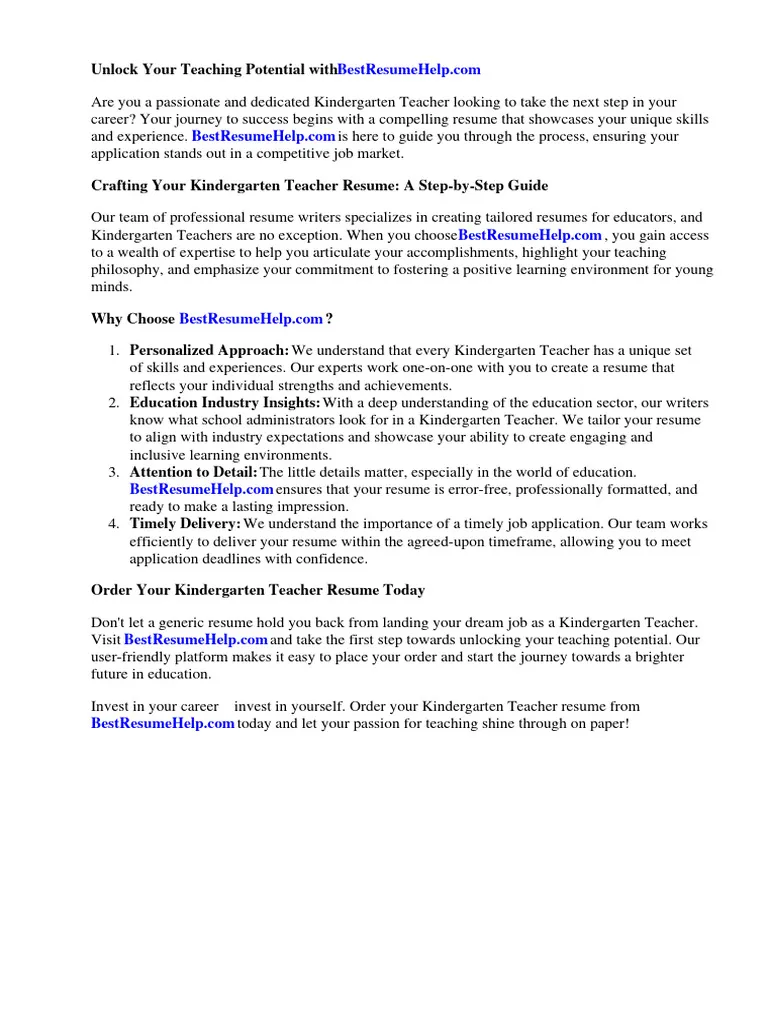Crafting Your Kindergarten Cover Letter
A well-crafted kindergarten cover letter is your child’s introduction to the school, a chance to present their unique qualities and showcase your commitment to their education. This document is more than just a formality; it’s a powerful tool for making a positive first impression. It allows you to go beyond the basic application form and provide a personalized glimpse into your child’s personality, skills, and potential fit within the school community. This guide will equip you with the knowledge and strategies necessary to create a compelling cover letter that captures the attention of admissions committees and significantly boosts your child’s chances of acceptance. Remember, this cover letter is your opportunity to advocate for your child, emphasizing their strengths and demonstrating your enthusiasm for their educational journey. Crafting the perfect letter takes time and consideration, but the effort is well worth it when you consider the impact it can have.
Understand the Purpose of a Kindergarten Cover Letter
The primary purpose of a kindergarten cover letter is to introduce your child to the school in a way that goes beyond the information provided in the application form. It serves as a personal narrative, offering insights into your child’s personality, strengths, and interests. It’s also a chance to articulate your family’s educational values and how they align with the school’s mission and philosophy. The letter should highlight why your child would thrive in the school’s environment, providing a clear picture of their readiness and potential. Furthermore, a well-written cover letter demonstrates your proactive approach and commitment to your child’s education, reflecting positively on your family’s involvement. By carefully crafting this letter, you demonstrate your dedication and increase the likelihood of your child being seen as a strong candidate. Always aim to leave a lasting positive impression on the admissions team.
Highlighting Your Child’s Strengths
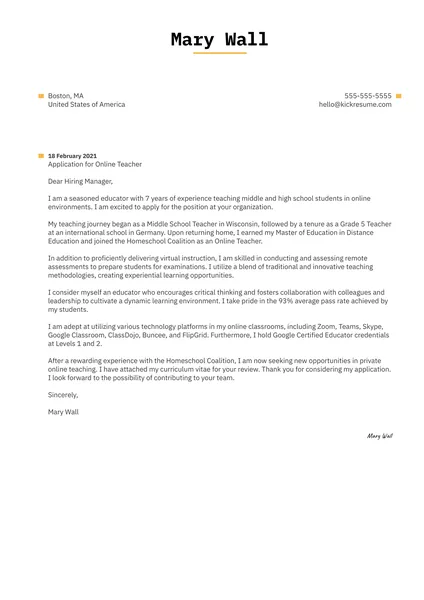
When writing your kindergarten cover letter, it’s essential to spotlight your child’s unique strengths. This is your opportunity to showcase their individual talents and abilities that set them apart. Think about what makes your child special – are they a budding artist, a natural leader, or a compassionate friend? Focus on qualities that align with the school’s values and mission. Provide specific examples of their achievements, such as a completed art project or a role in a school play. These concrete examples help the admissions committee visualize your child in their school environment. Also, emphasize their positive social skills, such as their ability to collaborate and their willingness to help others. Make sure to balance your child’s strengths in a way that sounds genuine and reflects your child’s character and personality.
Academic Achievements
While academic achievements may be limited at this age, highlight any pre-literacy and pre-math skills your child has. Mention their ability to recognize letters and numbers, their enthusiasm for reading or any early math concepts they understand. If your child has participated in any early learning programs or has specific academic interests, be sure to include those as well. If your child can write their name or count to a certain number, add it. This section should demonstrate your child’s intellectual curiosity and readiness for kindergarten. These details will showcase their readiness for learning and eagerness to engage in educational activities. Always frame these achievements positively, emphasizing their potential to thrive academically in kindergarten.
Social and Emotional Development
Social and emotional development is crucial for success in kindergarten. Describe your child’s ability to interact with peers, follow instructions, and manage their emotions. Highlight their empathy, kindness, and willingness to share and cooperate. If your child has experience with group activities, such as playdates or preschool, mention their participation and any leadership roles they have taken. Showcase how your child handles new situations and their ability to adapt to changes. Discuss their communication skills, including their ability to express themselves and listen to others. These aspects are essential for creating a welcoming classroom atmosphere. Emphasizing these social-emotional skills shows that your child can navigate social situations with ease.
Showcasing Your Involvement as a Parent
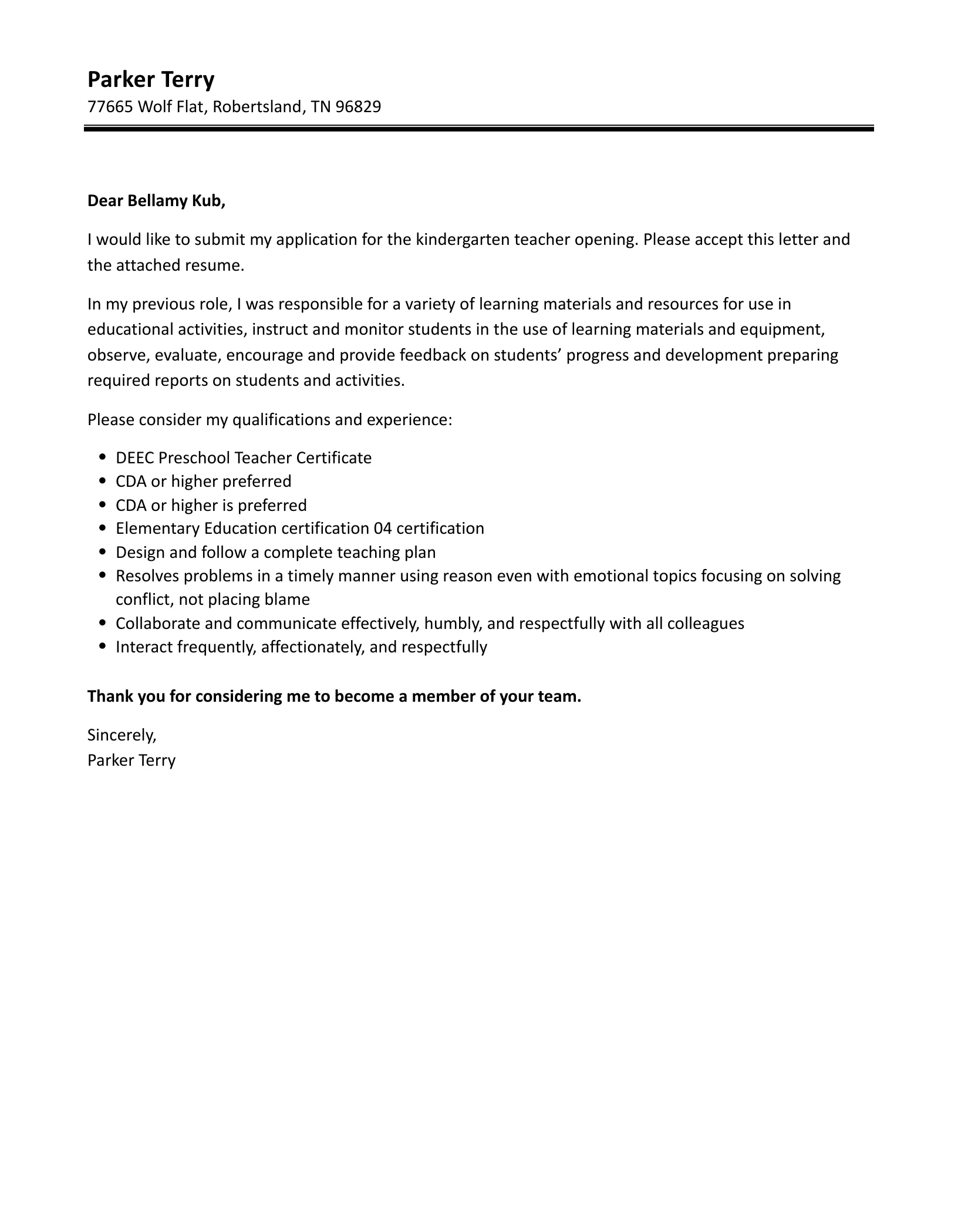
Your involvement as a parent is a critical aspect to highlight in your cover letter. Admissions committees want to know that you are committed to supporting your child’s education and will be an active participant in the school community. Share your educational philosophy and how it aligns with the school’s values. Discuss your willingness to volunteer, participate in school events, and communicate regularly with teachers. Mention any prior experiences you have with the school, such as attending open houses or meeting with staff members. Provide examples of how you support your child’s learning at home, such as reading with them, helping with homework, or creating a stimulating learning environment. This section highlights your dedication to your child’s success and your commitment to working in partnership with the school.
Parent-Teacher Communication
Demonstrate your commitment to open and effective communication with teachers. Mention your understanding of the importance of regular check-ins and how you plan to stay informed about your child’s progress. You may want to share your preferred methods of communication and willingness to collaborate with the school to meet your child’s needs. Highlight your appreciation for the role teachers play and your commitment to working together to provide the best possible learning experience for your child. This showcases your understanding of the partnership between parents and educators, and the value you place on maintaining good lines of communication.
Extracurricular Activities and Interests
Highlighting your child’s extracurricular activities and interests provides a more comprehensive picture of their personality and passions. Include any hobbies, sports, or creative pursuits your child enjoys. This could include anything from art and music to sports and outdoor activities. If your child is involved in any clubs or organizations, be sure to mention them. Provide insights into how these activities contribute to your child’s development and how they demonstrate their interests and talents. This information shows that your child is a well-rounded individual with diverse interests. Be as specific as possible, including details such as the frequency of their involvement or any accomplishments they have achieved. These details help paint a vivid picture of your child.
Structuring Your Cover Letter
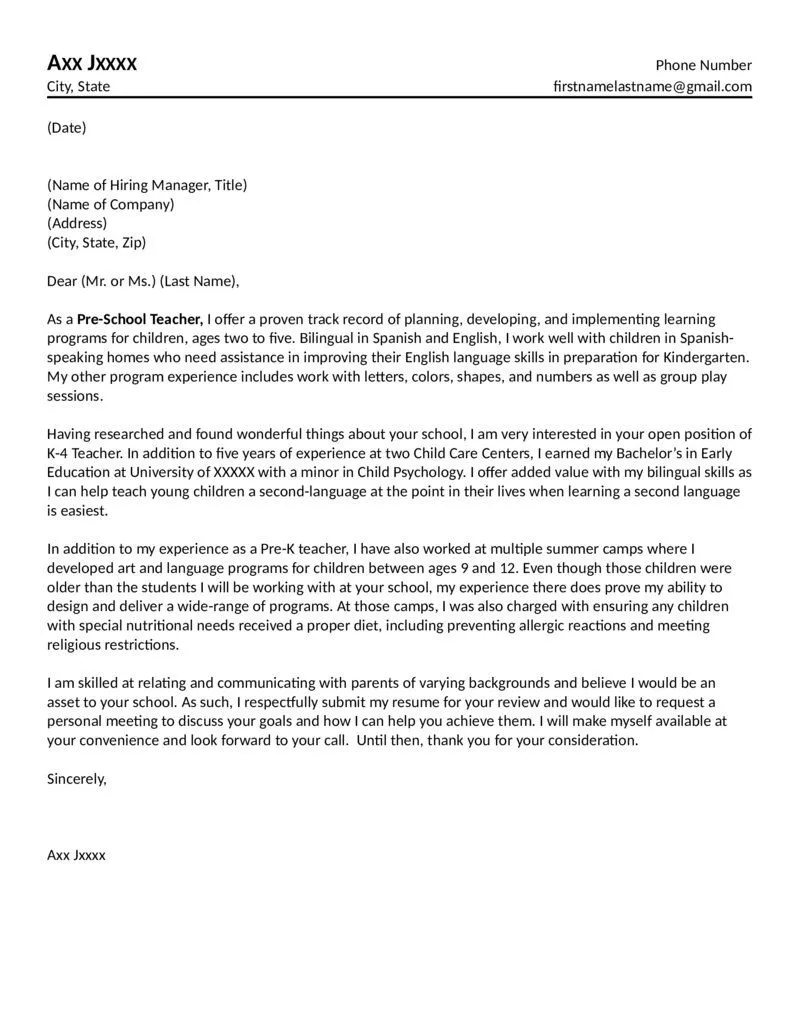
Structuring your kindergarten cover letter effectively is key to making a positive impression. Your cover letter should be well-organized, easy to read, and tailored to the specific school you are applying to. Start with a professional and concise format, using a clear font and appropriate margins. Ensure you follow a logical flow, beginning with an introduction that states your purpose and includes your child’s name. Each paragraph should focus on a specific aspect of your child’s abilities and your family’s values. Maintain a consistent tone throughout the letter, reflecting your enthusiasm and commitment. Consider the structure as a guide to convey your message.
Header and Contact Information
Begin your cover letter with a professional header that includes your contact information, such as your name, address, phone number, and email address. You may also include the date. Address the letter to the appropriate person, such as the admissions director or the kindergarten principal. This ensures that your letter is handled by the right person and demonstrates attention to detail. Always ensure that your contact information is accurate and up-to-date to facilitate easy communication. Make sure to check the school’s website for the preferred name and title of the recipient.
Greeting and Introduction
Start your letter with a formal greeting, such as “Dear [Admissions Director’s Name],” or “Dear [Principal’s Name].” In the introduction, clearly state your purpose—to apply for kindergarten admission for your child. Briefly introduce your child by name and mention any specific aspects that immediately connect them to the school, such as a sibling already attending or an interest in a particular program. The introduction should capture the reader’s attention and set a positive tone for the rest of the letter. Keep it concise and to the point, making sure your enthusiasm is clear and genuine.
Body Paragraphs Detailing Strengths
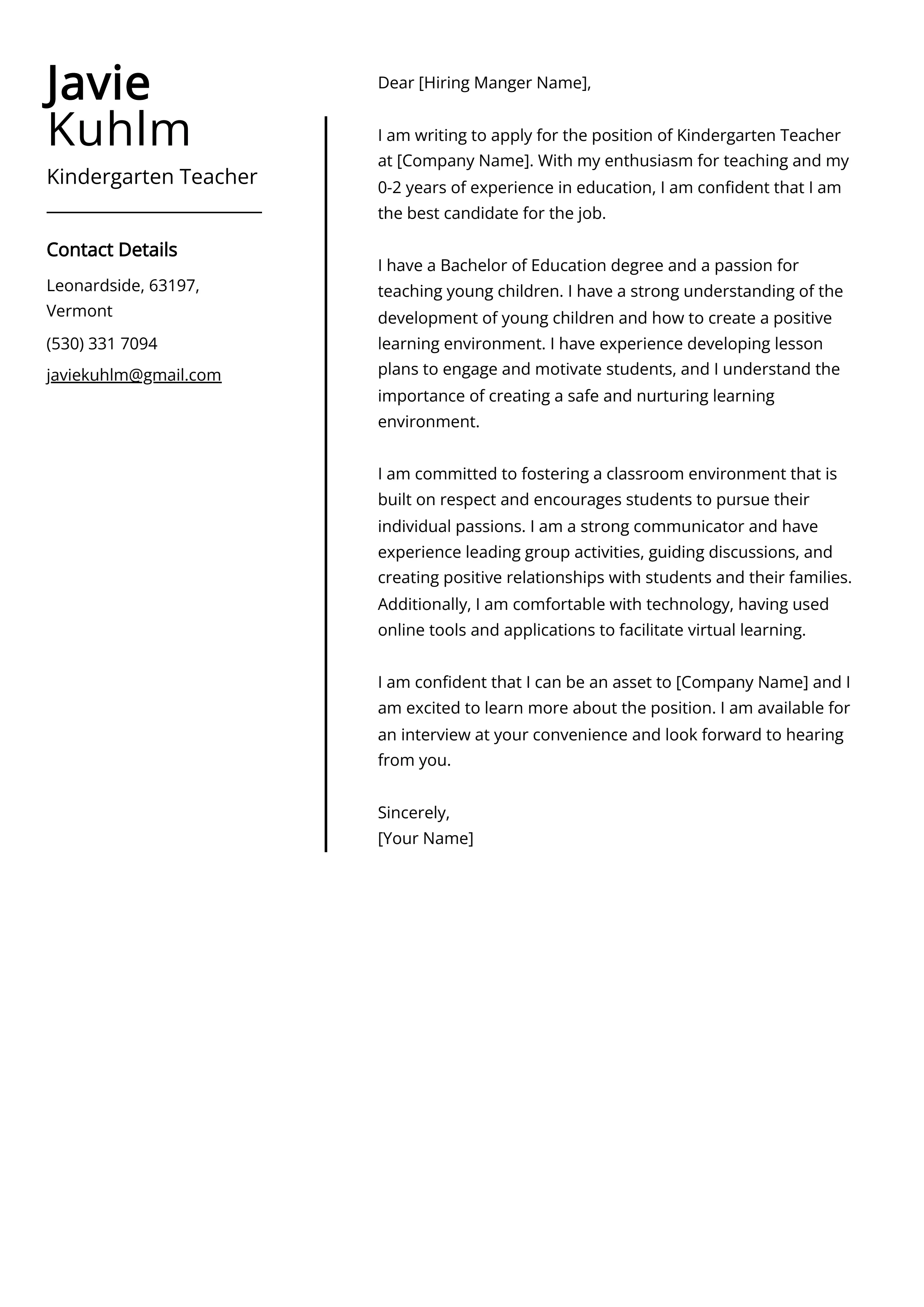
The body of your cover letter should detail your child’s strengths, interests, and achievements. Organize your paragraphs around specific themes, such as academic skills, social-emotional development, and extracurricular activities. Provide concrete examples to illustrate your child’s abilities and personality, supporting your claims with specific observations. Focus on what makes your child unique and why they would be a good fit for the school. Each paragraph should focus on one key aspect of your child’s profile. The body paragraphs are where you will provide detailed descriptions of your child’s skills and aptitudes. Make sure to keep the tone positive and enthusiastic throughout.
Concluding Remarks and Call to Action
In your conclusion, summarize your main points and reiterate your enthusiasm for the school. Express your confidence that your child would thrive in the school’s environment. Include a call to action, such as inviting the admissions committee to contact you if they have any questions or to schedule an interview. Thank the reader for their time and consideration and end with a professional closing, such as “Sincerely” or “Best regards,” followed by your name. Always ensure that the closing is polite and professional.
What to Avoid in Your Kindergarten Cover Letter
Certain mistakes can significantly detract from the effectiveness of your cover letter. Avoid generic language that could apply to any child. Instead, provide specific examples and details unique to your child. Refrain from making exaggerated claims or overstating your child’s abilities. Be honest and genuine in your portrayal. Do not include negative information about other schools or teachers, as this reflects poorly on your professionalism. Make sure your letter is not overly long; admissions committees have many applications to review. Keep it concise and to the point, focusing on the most important aspects of your child’s profile. Focus on creating a positive and compelling narrative.
Common Mistakes
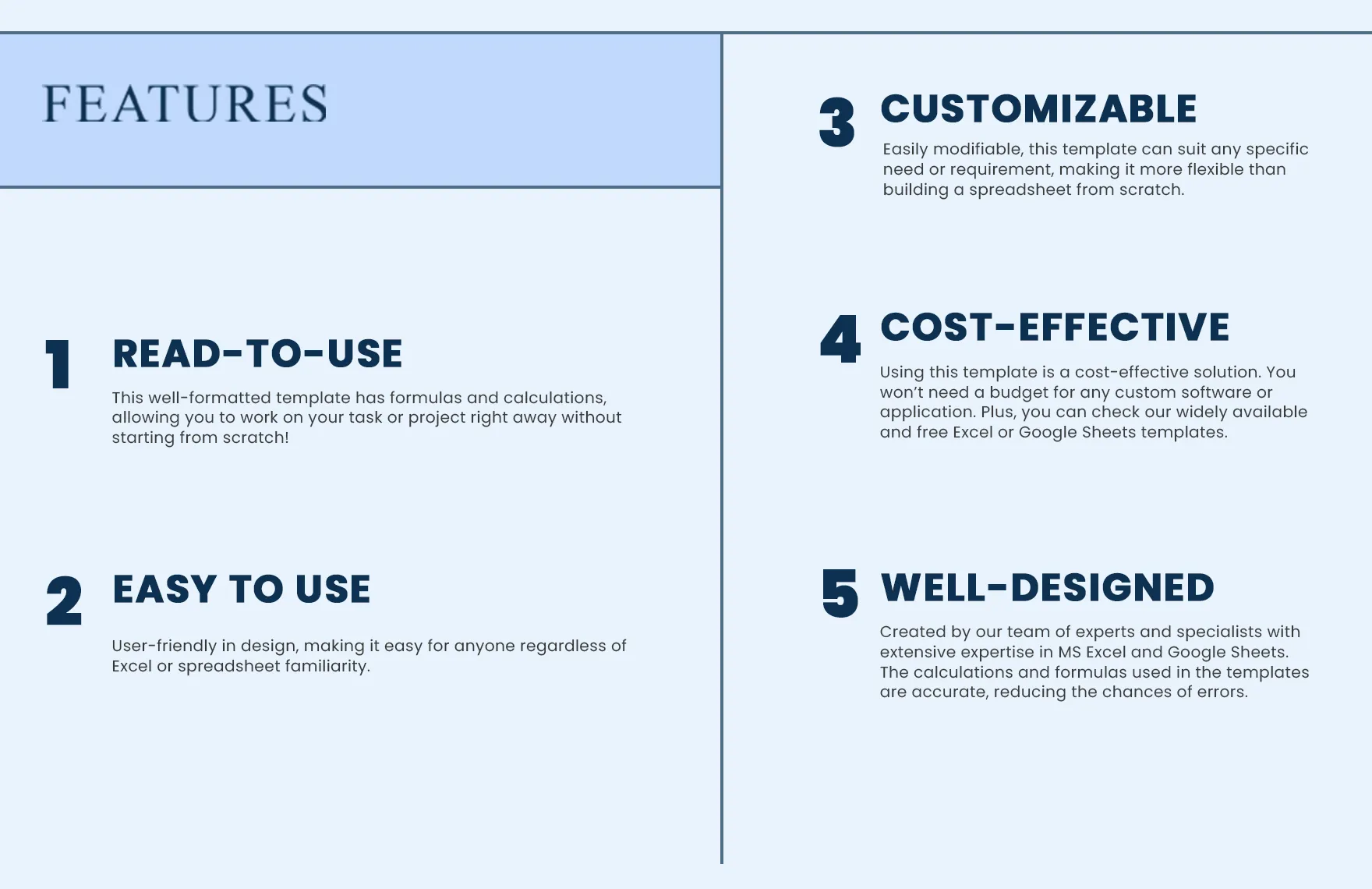
Avoid common pitfalls such as typos and grammatical errors, which can undermine your credibility. Ensure your letter is free from slang and jargon, using clear and professional language throughout. Do not use cliché phrases or statements. Ensure your letter is formatted correctly, and the font is easy to read. Do not overload your letter with too much information, which could overwhelm the reader. Ensure you tailor your letter to the specific school. Proofread thoroughly to eliminate errors. Correcting these common errors will ensure your cover letter is well-received.
Overly Formal Language
While professionalism is essential, avoid using overly formal language that may come across as impersonal. Instead, use a warm and friendly tone that reflects your enthusiasm and your child’s personality. Avoid complex sentence structures and jargon. Make your language accessible and easy to understand, reflecting your genuine interest in the school. Adopt a tone that makes it clear that your child is a well-rounded child, and it feels natural and inviting. Ensure that the tone does not come across as stiff or unnatural.
Proofreading and Editing Your Cover Letter
Proofreading and editing are essential steps in ensuring your cover letter is polished and professional. Thoroughly review your letter for any grammatical errors, typos, or formatting issues. Read the letter aloud to catch any awkward phrasing or unclear sentences. Ask a trusted friend or family member to proofread your letter for a second opinion. Focus on ensuring your letter is easy to read. Proofreading helps remove errors, ensuring your message is clear and professional. Always make sure the message is free of distractions. Take the time to edit your work and refine your message.
Ensuring Clarity and Accuracy
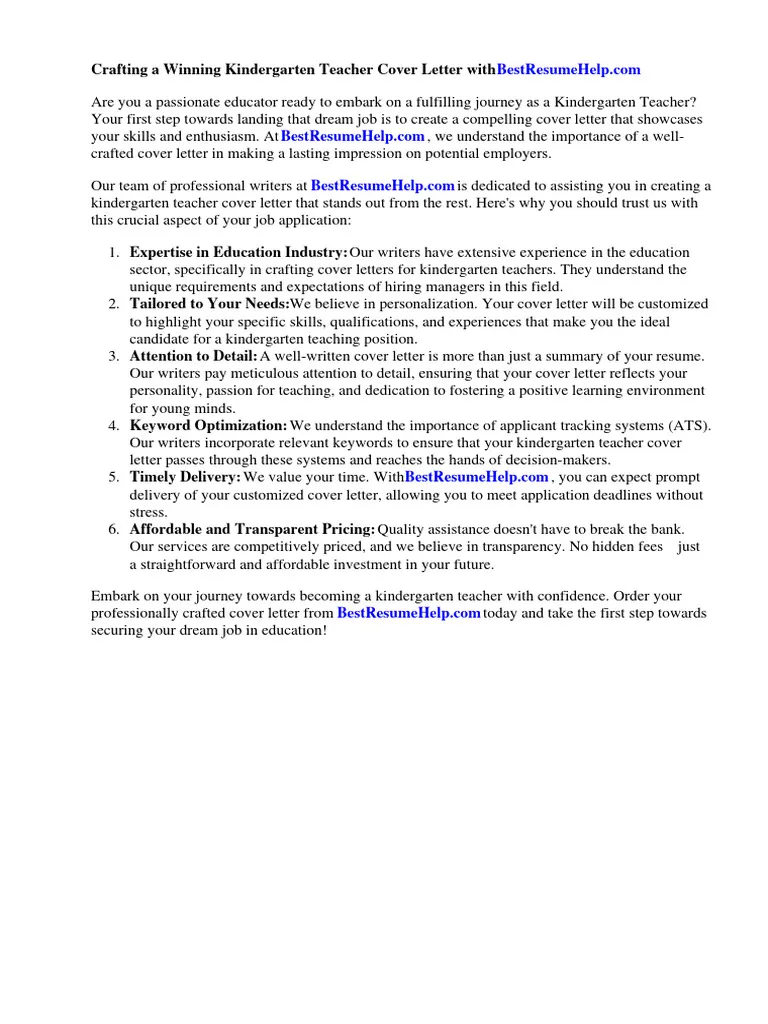
Clarity and accuracy are vital in a cover letter. Ensure your language is precise, and your meaning is clear. Avoid ambiguity. Check all factual information, such as dates, names, and any specific details about your child or the school. Make sure your tone is professional and reflects your genuine interest in the school. Ensure that all information is accurate and can be easily understood by the reader. Proper language use avoids misunderstandings and makes a positive impression.
Seeking Feedback
Before submitting your cover letter, seek feedback from others. Ask a trusted friend, family member, or colleague to review your letter. Request feedback on clarity, grammar, and overall effectiveness. Make sure the person reading the letter understands what you are conveying. Consider asking someone with experience in education or admissions to provide additional insights. Incorporate any constructive suggestions you receive. Getting another perspective can significantly improve the quality and impact of your cover letter. Their objective view can help you identify areas for improvement.
Finalizing and Submitting Your Cover Letter
Before submitting your cover letter, review the school’s application guidelines to ensure that you meet all requirements. Double-check your formatting and that the letter meets their specifications. Ensure that your contact information is correct and that you are sending the letter to the appropriate person. Print a hard copy of your letter and keep it for your records. Consider sending a digital copy via email, as well. Submitting the letter shows respect for the school’s guidelines. This process includes taking the time to perfect your cover letter and presenting it in a manner that is both professional and appealing to the admissions committee. Always make sure to follow all instructions.
In conclusion, crafting a successful kindergarten cover letter is a detailed process that requires careful planning and execution. By following the guidelines outlined in this article, you can create a compelling letter that effectively showcases your child’s strengths, highlights your family’s values, and demonstrates your commitment to their education. Remember to be authentic, enthusiastic, and specific in your descriptions. A well-crafted cover letter will not only increase your child’s chances of admission but also allow you to express your excitement about joining the school community. Good luck with your application.
